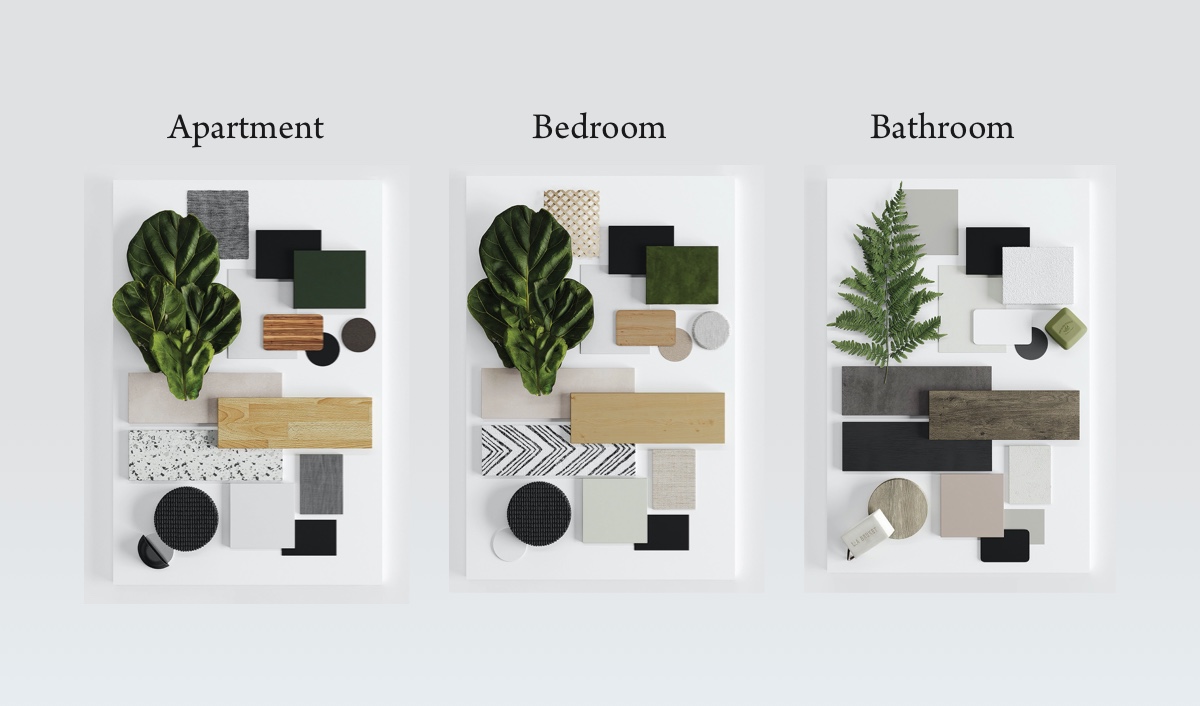Understanding the Differences Between Mood Boards and Inspiration Boards
In the world of design, creativity often takes shape in various formats. Among these, the mood board and inspiration board stand out as essential tools for designers aiming to visualize projects, convey artistic ideas, and gather inspiration. While both serve the purpose of showcasing ideas visually, they diverge significantly in their purpose and execution. In this article, we will explore the key differences between mood boards and inspiration boards and how they can drive creative processes.
Mood boards are curated collections of images, colors, textures, typography, and other visual elements that help capture the emotional essence of a project. They are often used in fields such as interior design, fashion, and graphic design to convey not just aesthetics but also the desired mood or atmosphere of the design. For instance, a mood board for a luxury hotel may include images of elegant furnishings, calming color palettes, and textures like plush fabrics and smooth woods.

Mood boards visually capture the emotional essence of a project.
Source: Kdan Mobile
On the other hand, inspiration boards are somewhat broader in scope. They serve as repositories of ideas and concepts that may not yet have a defined direction or emotional tone. Inspiration boards can include images, quotes, sketches, articles, and more. The intent behind an inspiration board is to inspire and generate creative thoughts, acting as a visual brainstorming tool. As such, they are less about cohesive aesthetics and more about having a multitude of ideas that spark inspiration for future projects.
For example, an inspiration board may contain a mix of uplifting quotes, photos from nature, snippets of writing, and a collage of various design elements that may overlap in themes or styles but lack a cohesive visual language. Inspiration boards help designers explore different avenues and find potential directions for their work.

Inspiration boards serve as repositories of ideas, sparking creative thoughts.
Source: SlideShare
The process of creating a mood board typically involves selecting a clear theme or concept, gathering visual elements that resonate with that mood, and arranging them in a way that communicates the envisioned atmosphere. Mood boards are often dynamic tools that may undergo multiple iterations before achieving the final vision.
In contrast, an inspiration board is usually more spontaneous and less structured. Designers might continuously add to it over time, often using it to collate thoughts without the need for a pristine finish. Inspiration boards can evolve as thoughts and ideas develop, leading to new creative directions or concepts.

Mood and inspiration boards serve different purposes but complement each other
Source: Foyr Neo
Both mood boards and inspiration boards play crucial roles in the creative process. While mood boards ground a project in the words of emotion and atmosphere, inspiration boards broaden the horizon, allowing for limitless exploration of ideas and themes. Designers often utilize both tools in tandem: they can generate a wealth of ideas with an inspiration board, which can then be distilled into a cohesive mood board that fits specific project needs.
Moreover, using both boards can deepen a designer’s understanding of color, texture, and overall design language, guiding them to make informed decisions throughout their projects. Ultimately, the interplay between mood and inspiration boards helps foster a creative environment that encourages innovation and exploration.
In conclusion, understanding the differences and properties of mood boards and inspiration boards enhances a designer’s capabilities to communicate their vision effectively. By leveraging these tools, creatives can express intricate ideas, explore broader concepts, and bring their imaginative visions to life.